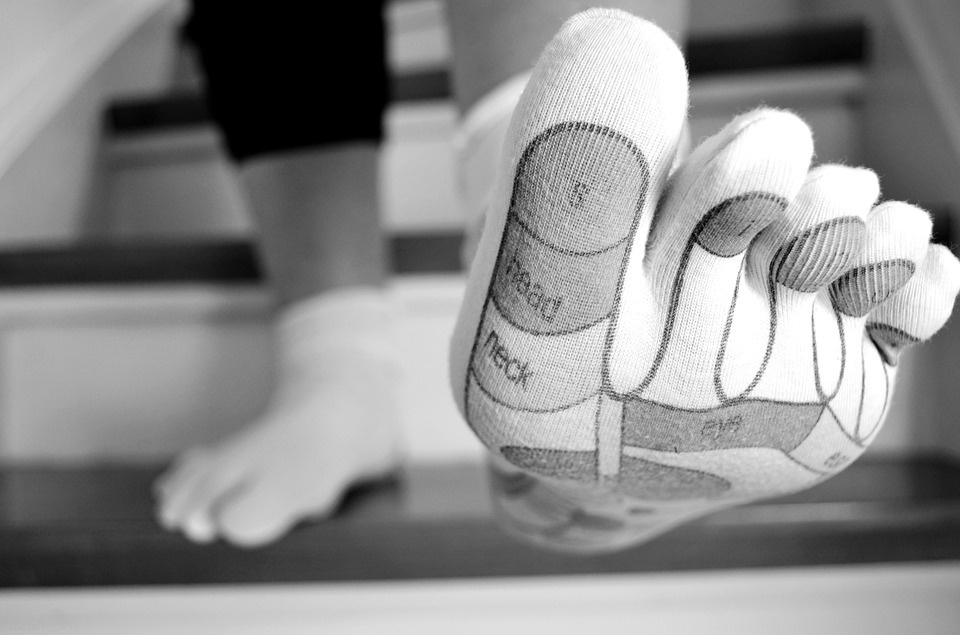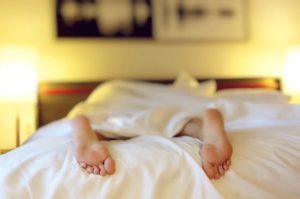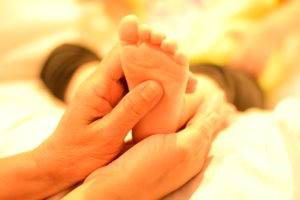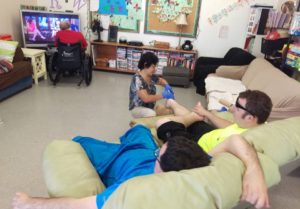
Certified in Acupressure
Registered Canadian Reflexology Therapist (RCRT)
Practical Examiner and Licensed Canadian Reflexology Teacher with the Reflexology Association of Canada


in Windsor Ontario

Certified in Acupressure
Registered Canadian Reflexology Therapist (RCRT)
Practical Examiner and Licensed Canadian Reflexology Teacher with the Reflexology Association of Canada
What is Reflexology? is the study of reflexes.
Are natural therapeutic methods derived from this study base on the principle that there are reflexes in the body that map to other parts, glands, and organs of the body.
Through the application of pressure on these reflexes, reflexology therapy can:
. relieve tension;
. improve circulation and;
. support the body’s efforts to function optimally.

How does it work?
Reflexology is very effective in reducing stress by putting the client into a state known as the “ parasympathetic” mode of the nervous system.
The feet are under constant physical pressure. Tension and stress through friction and repeated trauma seem to cause blockages that impinge on muscles and nerves. A reflexology session seems to break up deposits of toxic by-products. Also releases endorphins which are chemical messengers similar to morphine.
Learn this non-invasive ancient healing modality.
This course fully qualifies you to practice this profession professionally as a high trained and skilled RAC Reflexology Practitioner.
Graduates become registered reflexology therapist in Canada.

Students will learn:
Total of course commitment summary:( approximately 196.5 hours)
35 in-class training hours. Practicum of 50 session 2 hours each session and 5 case studies with a minimum of 3 session each.
Complete 25 workbook hours of home-study.
Write a 2 hour written exam with in 3 months of the last day of class.
There will be a mandatory review of 3 hours before you take the practical exam and complete a 1.5 hour practical exam with in 1 year from the last day of the class.
Additional 5 hours time in-class training
5 hours review before you take the RCRT exam and
5 hours additional practical work to enhance your skills.
The objectives of this course are to:
– Introduce the principles of foot reflexology;
– Introduce the anatomy, biomechanics and some pathologies of the foot;
– Show how to” read the map of the body” on the feet;
– Offer a protocol to safety and professionally reflex various zones and points of the feet;
– Help the student achieve the highest professional standards of practicing foot reflexology.
This course are splitting to 2 modules( Common Core and Foot Reflexology)
Common core
. Intro to reflexology
. Intro to anatomy and physiology
. Intro to meridians
. Business and marketing
. Ethics
. Client intake
Foot Reflexology
. Intro to the foot
. Anatomy and physiology applied to the foot
. Foot standards of practice
. Foot method
Including the history and the theory of reflexology
. Reflexology treatment protocol
. Reflexology case history
. Structure and function of the foot
. Foot checkup and assessment
. How to Emphasis for specific condition in reflexology, and learn the zones and location of reflexes.

Roots2Wings is a program for youth and young adults living with a disability.
Students can do their practicum in Roots2Wings facility.
More information about this program can be found by visiting their website http://www.roots2wings.ca/